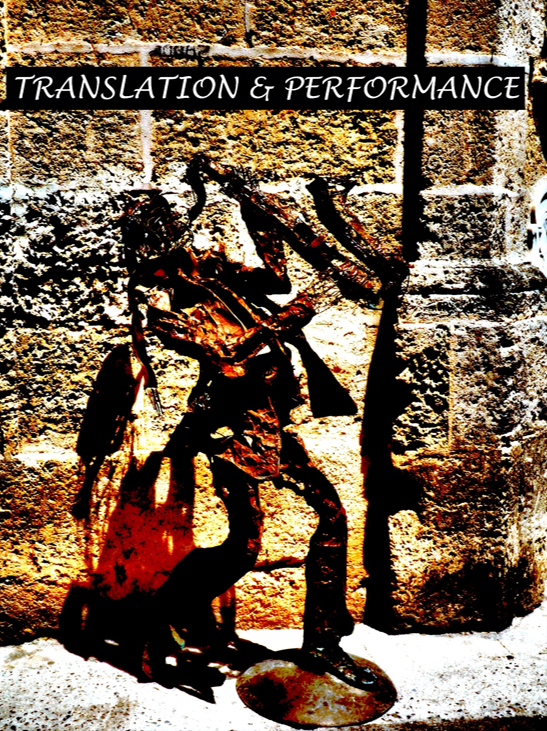The Pitfalls of Musical Translation
DOI:
https://doi.org/10.21992/T94329Keywords:
Music, translation, operaAbstract
This paper focuses on the triangular links between a text in a given source language, its “translation” into music and an eventual retranslation into another language. As everybody knows, music is a language per se, with all the characteristics of an articulated language, its own syntax, grammar, even its own dialects and “regionalisms.” The bilateral link between a language and music is rather simple and can be summarized in the following principle: when a composer sets a text to music, it is always a one-way-only “translation”; this text cannot and should not eventually be retranslated into another language, there is no going back because music is the most constricting of all languages. Between two “normal” languages, like English or French for instance, solutions can always be found, even deficient ones if necessary, arrangements that are more or less satisfactory, one can compromise, adapt. It is not desirable to translate a text from Chinese into English and then from English into French but it can be done. However, once music has imposed its rules on a text, it becomes the main source language, with which it is impossible to cheat; everything must be literally respected: the musical words and sentences, the general form, the rhythm, the styles, the melodic, harmonic, tonal aspects… There are no possible arrangements or compromises, music comes first and dictates its rules, there are no choices other than to respect, literally, what the music says and hope that it will work or, if it does not, which is most often the case, abandon. And yet in some cases it is necessary to find a way to retranslate the same text. This is when translators are faced with real, at times unsolvable, problems because they are dealing with two source languages, one of which being Music that prevents any continuation to full triangulation. In this article, I will first analyze a few examples to show some of the main difficulties and then propose the solutions that allowed me to solve these problems in a satisfactory fashion.Downloads
Published
Issue
Section
License
Authors who publish with this journal agree to the following terms: a.Authors retain copyright and grant the journal right of first publication with the work simultaneously licensed under a Creative Commons Attribution License that allows others to share the work with an acknowledgement of the work's authorship and initial publication in this journal. b.Authors are able to enter into separate, additional contractual arrangements for the non-exclusive distribution of the journal's published version of the work (e.g., post it to an institutional repository or publish it in a book), with an acknowledgement of its initial publication in this journal. c.Authors are permitted and encouraged to post their work online (e.g., in institutional repositories or on their website) prior to and during the submission process, as it can lead to productive exchanges, as well as earlier and greater citation of published work (See The Effect of Open Access).



